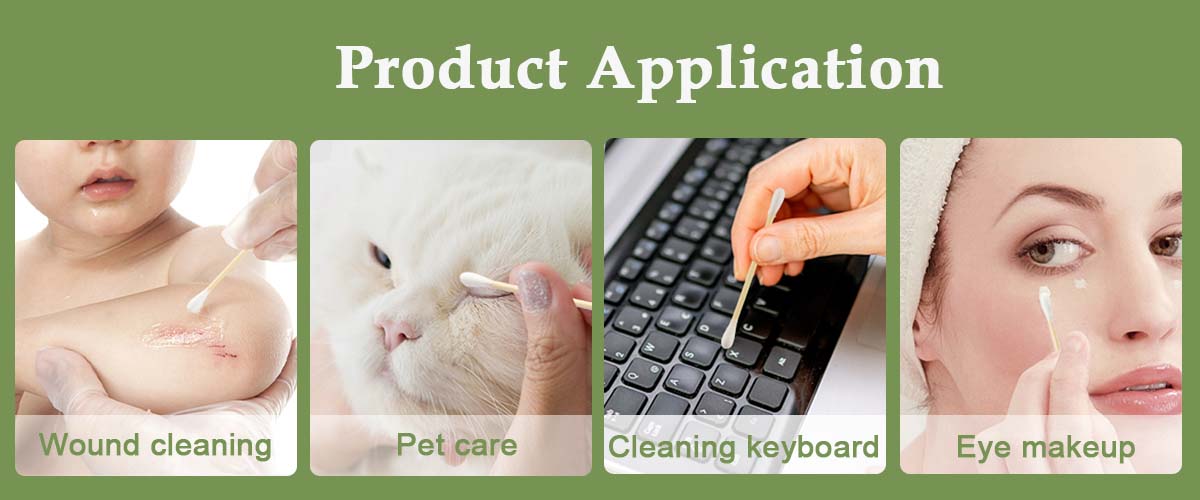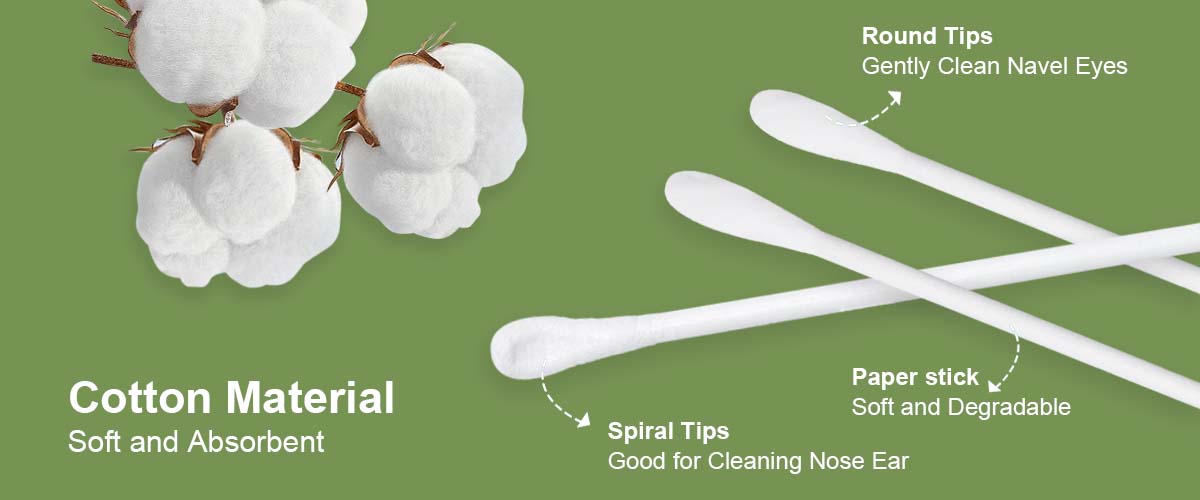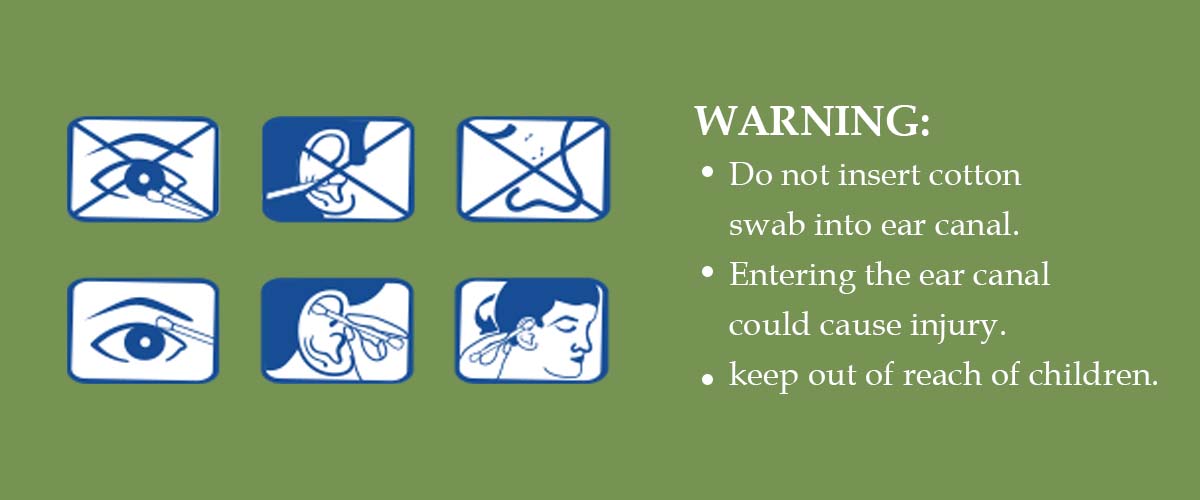History of Invention: Cotton swabs trace their origins back to the 19th century, credited to an American physician named Leo Gerstenzang. His wife often wrapped small pieces of cotton around toothpicks to clean their children's ears. In 1923, he patented a modified version, the precursor of the modern cotton swab. Initially dubbed "Baby Gays," it was later rebranded as the widely recognized "Q-tip."
Versatile Uses: Initially intended for infant ear care, the swab's soft and precise design quickly found applications beyond. Its versatility extended to cleansing small areas like eyes, nose, and around nails. Moreover, cotton swabs are employed in makeup, applying medications, and even refining artwork.

Environmental Concerns: Despite their widespread utility, cotton swabs have faced scrutiny due to environmental issues. Traditionally comprising a plastic stem and cotton tip, they contribute to plastic pollution. Consequently, there's a push for eco-friendly alternatives such as paper stick cotton swabs.

Medical Applications: Within the medical domain, cotton swabs remain a common tool for wound cleaning, medication application, and delicate medical procedures. Medical-grade swabs are usually more specialized with finer designs.
Usage Caution: While prevalent, caution is advised during cotton swab usage. Incorrect handling can lead to ear, nasal, or other area injuries. Physicians generally advise against inserting swabs deeply into ear canals to prevent eardrum damage or pushing earwax deeper.

In essence, cotton swabs appear simple but serve as highly practical products in everyday life, boasting a rich history and diverse applications.
Post time: Dec-02-2023
